
The 79th session of the IMO's Marine Environment Protection Committee (MEPC) is meeting this week to tackle a number of bunker-related issues.
ISWG-GHG 13: A key topic at MEPC 79 as regards the reduction of GHG emissions from ships will be discussions related to the report of the 13th sessions of the Intersessional Working Group on Reduction of GHG Emissions from Ships (ISWG-GHG 13), which met last week and covered both the revision of the Initial IMO GHG Strategy (towards adopting an updated Strategy in mid-2023 at MEPC 80) and the implementation of mid-term measures to incentivize the move away from fossil fuels to low- and zero-carbon fuels.
Life cycle GHG/carbon intensity guidelines: The MEPC is expected to consider the development of the draft guidelines on life cycle GHG intensity of marine fuels. At ISWG-GHG 11 in March, the working group agreed that the technical lifecycle guidelines would cover the lifecycle assessment (LCA) method, which refers to the assessment of GHG emissions from fuel production to the ship (well-to-wake).
IMO DCS: MEPC 79 will discuss the revision of the IMO Data Collection System (IMO DCS), which collects and reports fuel oil consumption data from ships.
EEDI: The MEPC will consider a proposed amendment to the 2018 Guidelines on the method of calculation of the Attained Energy Efficiency Design Index (EEDI) for new ships; and the report of the Correspondence Group on the Possible Introduction of EEDI Phase 4.
Flash point adoption: The MEPC is expected to adopt draft amendments to appendix V of MARPOL Annex VI, to include the flash point of fuel oil or a statement that the flash point has been measured at or above 70ºC as mandatory information in the bunker delivery note (BDN).
Mediterranean ECA adoption: MEPC 79 is set to adopt amendments to designate the Mediterranean Sea as an Emission Control Area (ECA) for sulphur oxides and particulate matter, under MARPOL Annex VI. The fuel sulphur limit for ships will be 0.1%.
Air pollution prevention: The MEPC is to consider documents which have been submitted in relation to a possible bunker fuel licensing system; the impact of the use of biofuels on NOx emissions; and exhaust gas cleaning systems (EGCS).
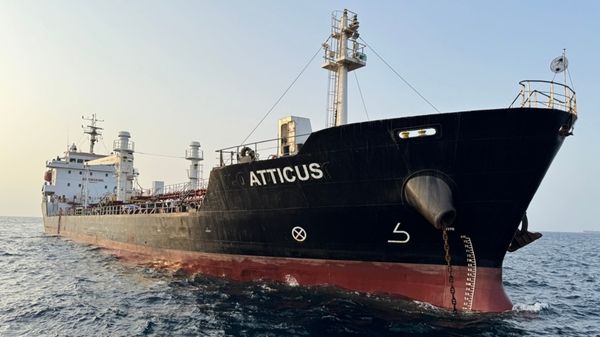
|
Global Fuel Supply acquires first bunker tanker
Company transitions from chartering vessels to ship ownership with asset to be renamed MV Blue Alliance. |
|
|
|
||
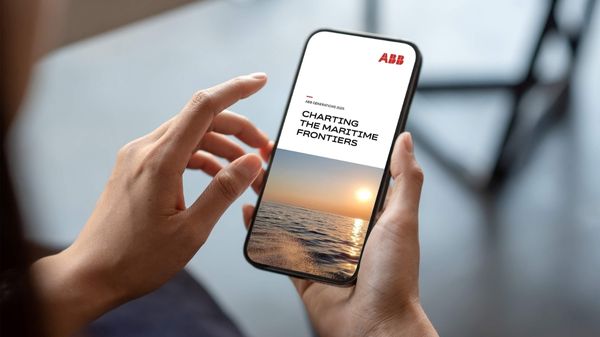
|
ABB publishes 2025 maritime insights on decarbonization and digitalization
Technology firm compiles annual articles exploring energy efficiency, automation, and alternative fuels for the shipping industry. |
|
|
|
||
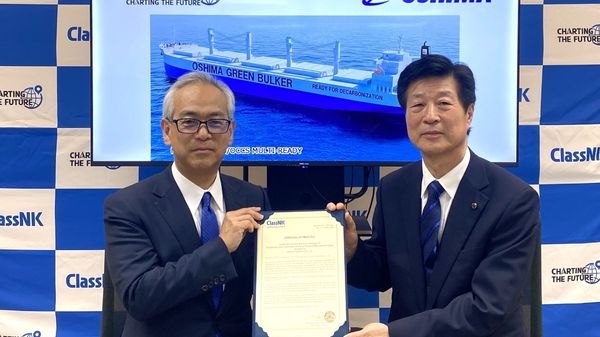
|
ClassNK grants approval for multi-fuel ready bulk carrier design by Oshima Shipbuilding
Vessel design accommodates future conversion to ammonia, methanol, or LNG with carbon capture capability. |
|
|
|
||
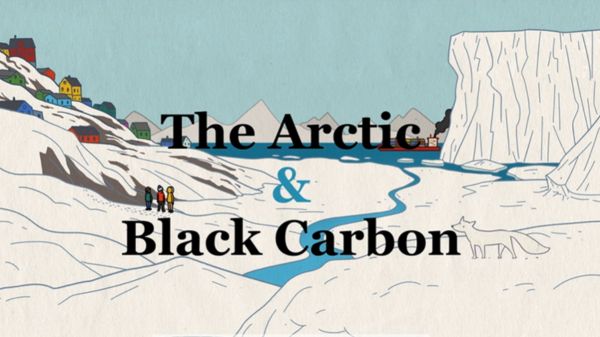
|
Four countries propose Arctic fuel measure to cut black carbon from shipping
Proposal to IMO's PPR 13 meeting aims to establish fuel regulations under MARPOL Annex VI. |
|
|
|
||
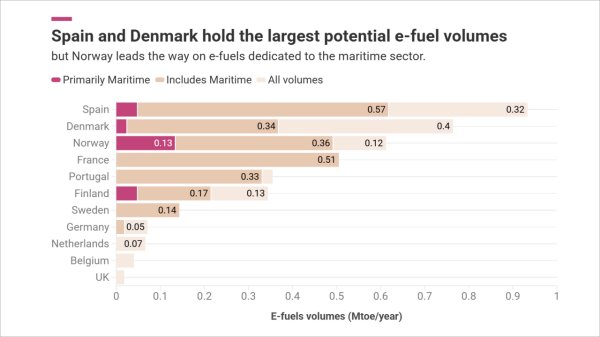
|
Spain, Norway and Denmark lead Europe's green shipping fuel production, study finds
Regulatory uncertainty prevents most e-fuel projects from progressing beyond the planning stage, says analysis. |
|
|
|
||

|
Dan-Bunkering appoints Charles Simon Edwin as operations and compliance manager in Singapore
Edwin transitions from sourcing role, bringing experience from physical supply operations and bunker trading. |
|
|
|
||
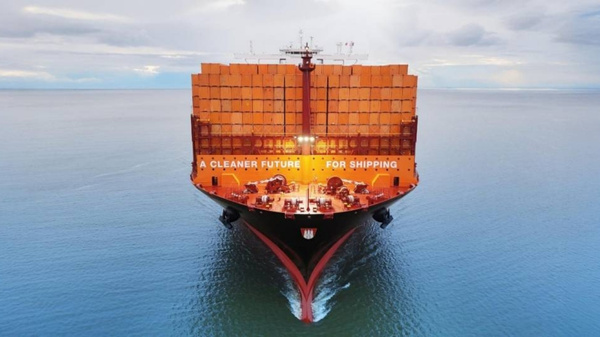
|
Hapag-Lloyd wins ZEMBA's second tender for e-methanol deployment
Container line to deploy e-methanol on trans-oceanic route from 2027, abating 120,000 tonnes CO₂e. |
|
|
|
||

|
RINA grants approval for Chinese nuclear-powered Arctic icebreaker design
CSSC's multi-role vessel combines cargo transport and polar tourism with molten salt reactor propulsion. |
|
|
|
||
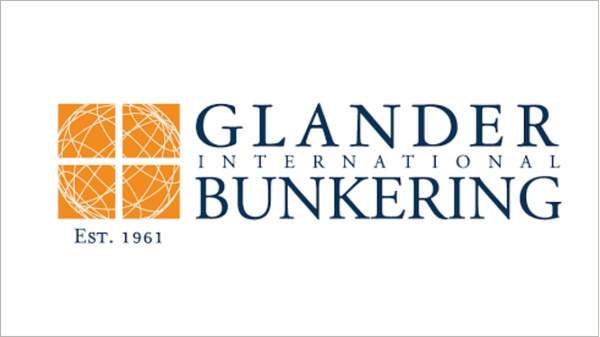
|
Glander International Bunkering seeks two bunker traders for Singapore office
Firm recruiting traders with 3-5 years of experience to join team in key Asian hub. |
|
|
|
||

|
Malik Supply seeks bunker trader for Fredericia office
Danish company advertises role focusing on client portfolio development and energy product trading. |
|
|
|
||
| Med ECA approved; zero 2050 target gains traction [News & Insights] |
| 25 years of air pollution regulations [News & Insights] |